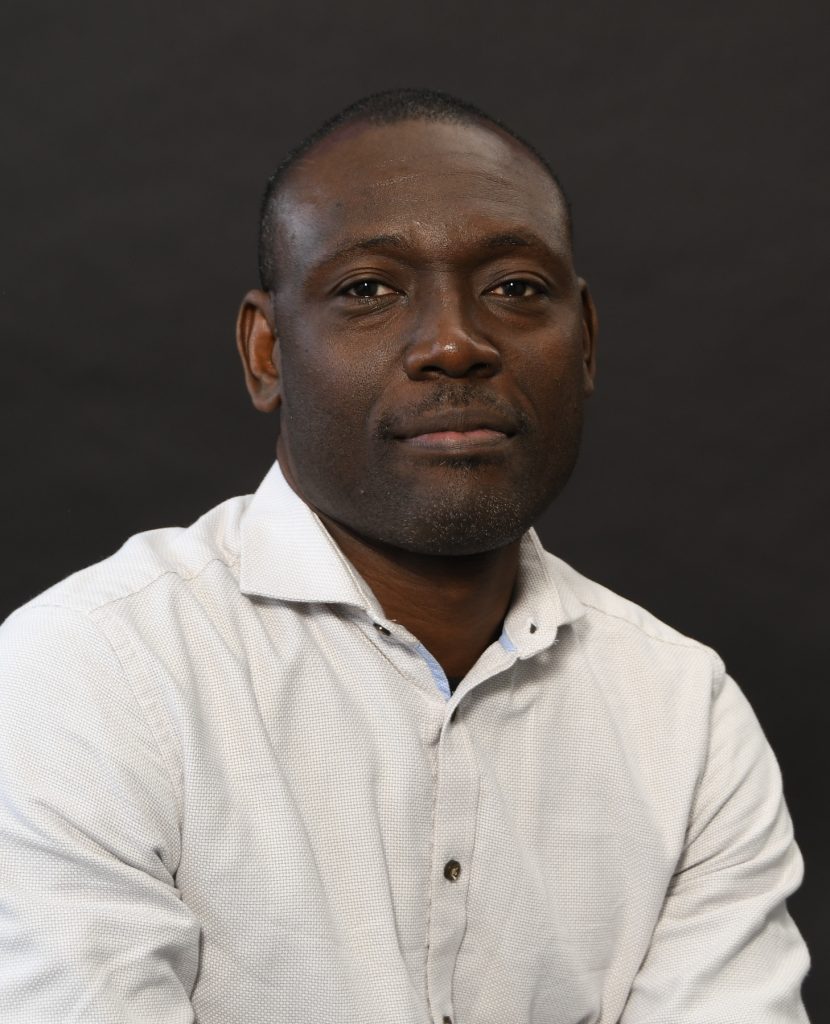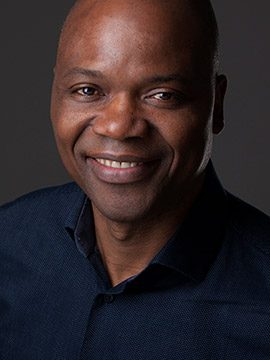Student Portraits
February 8, 2022
Interview with 4 health researchers from the community
Nadine Beauger
- President and Chief Executive Officer, IRICoR
What is your organization’s role in the (digital) health ecosystem and how is it critical?


IRICoR, the organization I lead, is a Centre of Excellence for Commercialization and Research specializing in drug discovery. We identify the most promising academic projects across Canada and provide them with access to financial and human capital to reach their next value inflection point to partner with the biopharmaceutical industry and create new companies.
Access to the new technological opportunities that digital health offers is an important factor in creating highly innovative therapeutic solutions.
Our flexible project development model allows us to identify complementary expertise to include artificial intelligence know-how in drug discovery projects. These include bioinformatics expertise in projects focused on precision medicine, computational/virtual chemistry in projects focused on small molecule synthesis by medicinal chemistry teams.
What project have you developed recently that took you out of your comfort zone?
My involvement in the DHDP Project Executive Committee has taken me out of my comfort zone and, as a result, has also introduced me to some unusual potential avenues for the projects we traditionally develop at IRICoR.
Schallum Pierre
- EDI, Ethics and Innovation Advisor – Institut Intelligence et Données (IID), Université Laval
- Member of the Ethics Committee of the CHU de Québec – Université Laval
What are your research interests?


I am interested in ethical issues related to AI and blockchain.
My research interests include the issue of privacy in the health, social media and mobile payment sectors. In addition, with the objective of having a social impact, I contribute to research and development projects in collaboration with institutions such as the Centre hospitalier de l’Université de Montréal.
A fun fact about you and/or your motto?
When I was younger and living in Haiti for many years, urban agriculture was my favorite hobby. I was even, at one point, a pigeon breeder. Also, to this day, I am still fascinated by birdsong, hence my admiration for creative works dealing with this motif such as those of Jacques Stephen Alexis or Olivier Messiaen.
What would be your ideal collaborative research project?
I’m thinking of a project that would be at the intersection of philosophy, UX, social media and data science. It would aim to better understand the phenomenon of misinformation and its social repercussions, particularly in health. Finally, the results could facilitate the creation of personalized detection and prevention tools.
How could the fields of human health, animal health and environment be useful to you in your research?
With the growing importance of the Internet of Things in our lives, massive health data is collected automatically. There is a lot of thought to be given to the issue of traceability, a research theme that seems relevant to me in order to ensure both the quality and the security of the data.
Imourana Alassane-Kpembi
- Assistant Professor
- Faculty of Veterinary Medicine – Department of Veterinary Biomedicine, Université de Montréal
What are your research interests?


I use large transcriptomics, proteomics, or metabolomics datasets to elucidate the toxicity to humans and animals of low doses of mycotoxins.
Mycotoxins are metabolites produced by molds that grow on plant products or in unsanitary habitats. These toxins are found as natural contaminants in many foods of plant origin: in particular cereals, but also fruits, nuts, almonds, grains, forages or silages, as well as manufactured or compound foods intended for human and animal consumption. It is considered that 60 to 80% of the world’s agricultural production is contaminated by mycotoxins, which positions these contaminants in the food chain as a major issue of public health and health of livestock. Long-term exposure to low doses of these toxins can indeed induce in humans a growth retardation, an immune dysfunction or contribute to the appearance of cancers. In farm animals, they generally lead to a decrease in productivity.
What would be your ideal collaborative research project?
A number of mycotoxins are well documented and regulated for food and feed use. But many others are so-called “emerging” because they are poorly characterized or recently identified. My ideal collaborative project would be to set up a consortium to establish the occurrence of one of these emerging mycotoxins, and to characterize its toxicity in order to provide the necessary data for its regulation in food and feed.
How could the fields of human health and environment be useful to you in your research?
Global warming contributes to the increase in the occurrence of mycotoxins and the level of contamination of foodstuffs. To study the effects of mycotoxins, my preferred model is the pig. This species has a dual agronomic and biomedical interest. Indeed, it is very sensitive to the effects of mycotoxins, but it is also physiologically quite close to humans. You may have heard recently about pig kidney and heart transplants to humans. So the science we generate in this species is relevant to veterinary research, but also translatable to human health in a relatively easier way.
Claude Codjia
- Professor, Department of Geography, Laval University
What are your research interests?


My research interests are in remote sensing and the environment.
A fun fact about you and/or your motto?
My motto: Always move forward.
What would be your ideal collaborative research project?
My ideal collaborative research project would be an interdisciplinary project that addresses environmental issues and turns the tide of environmental degradation.
How could the fields of animal health and environment be useful to you in your research?
I am working on Environment and Health issues such as urban heat islands and the development of decision support tools for environmental health. To validate my models and develop more precise tools, I need geo-referenced population health data.